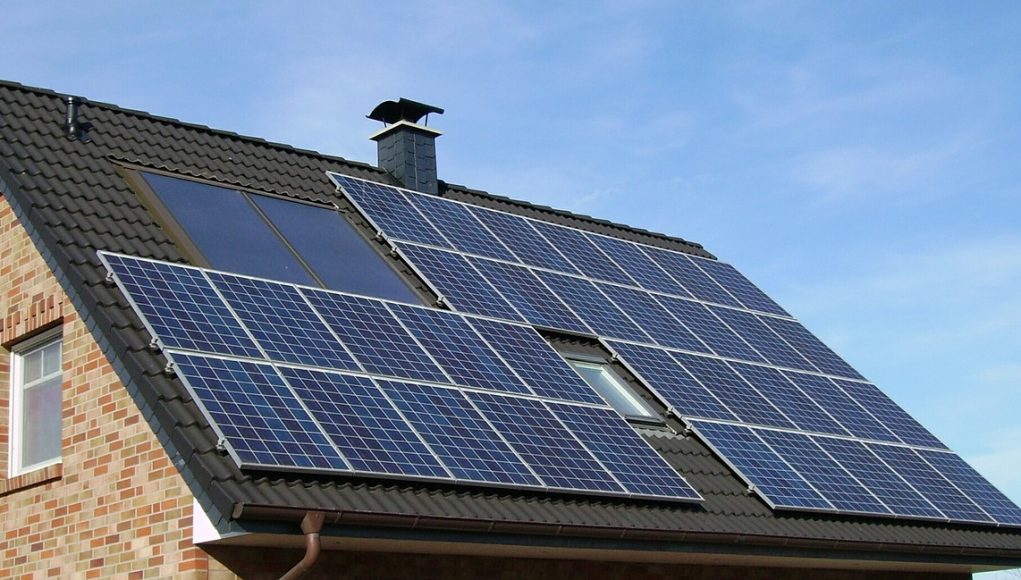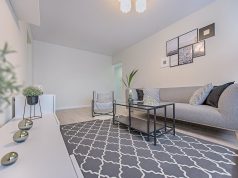What do real estate professionals and architects mean when they speak of future-proofing a home? The term has several meanings, most of which pertain to any component that can be adapted for high-tech upgrades, enhances safety or has the ability to reduce energy consumption, not to mention could improve the value. In other words, future-proofing can include adding solar panels, in-home lifts or smart security systems. Here are the most popular ways homeowners are currently future-proofing their houses:
Install Solar Panels and Energy-efficient Windows
You need not spend a fortune to save a fortune. Placing a few indiscreet solar panels on your roof can be part of a broader strategy to reduce energy consumption year-round. Panels typically pay for themselves within about two years, require minimal maintenance and can deliver an added measure of electrical power even when the grid suffers an area-wide outage. Energy-efficient windows installed throughout the home can cut annual utility bills by as much as 20 percent, which means you can recoup your up-front investment in just a few years. Because these high-tech, stylish windows last for 20 years or more, they deliver long-lasting savings and can significantly add to resale value.
Install a Home Lift
There are plenty of ways to boosts a home’s safety profile. You can replace short stairways with ramps, add fire-resistant insulation or install no-skid door mats. Real estate professionals say one of the smartest thing’s owners can do is add a lift so that older residents won’t have to negotiate stairs and risk falling. Luxury home lifts like Lifton add more than safety for the elderly and the very young; they can greatly increase the resale value of the property.
Install a Programmable Thermostat
Homeowners who want a quick, inexpensive way to add a future-proofing component can purchase a programmable thermostat. You don’t need to be an electrician to install the devices, as most come with all the hardware needed to put them in. Just be sure to read the directions carefully and ask for help with installation if you’re not handy with that sort of thing. What’s the payoff? Compared to old-fashioned, manual thermostats, the newer versions help you maintain a consistent temperature throughout the day. Season to season, you can add temperature parameters that reset themselves based on outdoor conditions, like unexpected cold or hot spells.
Consider Creating a Hidden Safe Room
One of the newest trends in home design is the safe room. The small, virtually impenetrable areas are often concealed behind bookcases, refrigerators or basement walls. Safe rooms are usually only large enough to accommodate a few people and don’t include amenities like refrigerators or running water. The purpose of a safe room is to give residents a concealed place to take cover in the event of a break-in, home invasion or severe storm. Safe rooms are starting to show up in real estate listings all over the world as homeowners become more aware of how to enhance their personal safety and security. Costs vary, but many homeowners save money by converting a walk-in closet or small storage room that isn’t needed for any other purpose.
















